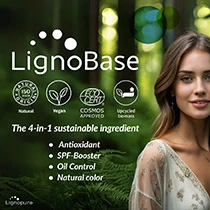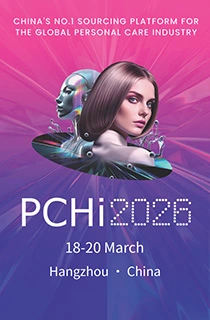SEPAWA Congress 2025: Lignopure spotlights multi-functional upcycled ingredient
Key takeaways
- Lignopure presented its upcycled lignin-derived ingredient, LignoBase, at SEPAWA Congress 2025.
- The multi-functional ingredient allows manufacturers to formulate with fewer ingredients.
- The product promotes sustainability by upcycling waste from the paper industry.
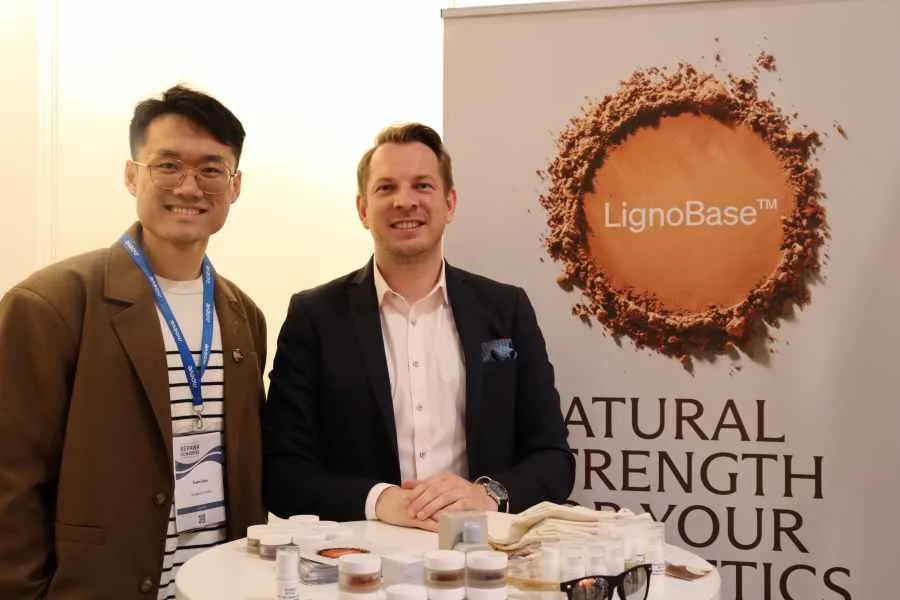
Lignopure showcased its LignoBase at SEPAWA Congress 2025 in Berlin, Germany. The multi-functional lignin-derived powder ingredient aims to replace “toxic ingredients.”
Personal Care Insights spoke with Lignopure’s Marvin Jaeger, COO, and Yuan Gao, product innovation scientist, on the show floor of SEPAWA. They told us about Lignobase and how the upcycled ingredient allows companies to formulate with fewer ingredients.
“It is made out of lignin, a natural polymer derived from wood. We are highlighting the environmental benefits of lignin and emphasizing the technical and sensory benefits that lignin can bring into high-value applications such as cosmetics,” Jaeger tells us.
Multifunctionality in focus
Gao says that Lignobase offers four functionalities in one ingredient: natural SPF booster, antioxidant, and oil-absorber, giving the skin a softer focus. Additionally, it provides a natural brown color, simplifying the creation of natural-looking skin tones and complex colors like reds, pinks, browns, and more.
He says the cosmetics applications of lignin are “numberless,” exemplifying its use in sun and skin care formulations and solid products.
“Since it is a powder form, it can easily be incorporated into all types of formulations,” says Gao.
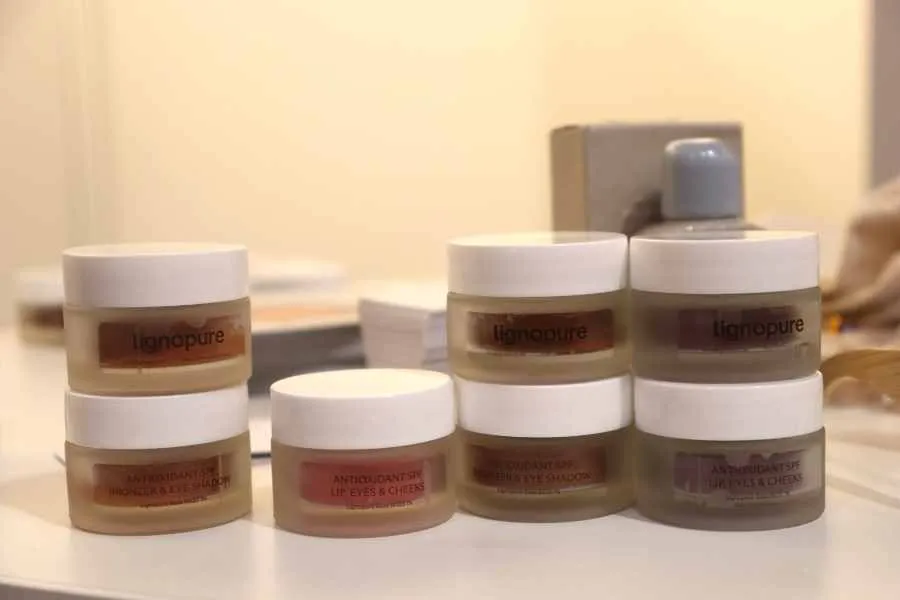 Gao says it can easily be incorporated into all formulations since it is a powder.When asked whether Lignobase was always considered a multifunctional product, Jaeger explains: “Initially, our goal was to find a way to valorize lignin. It is a byproduct of the paper industry. By researching lignin a couple of years ago, we could identify that it has these multifunctional purposes.”
Gao says it can easily be incorporated into all formulations since it is a powder.When asked whether Lignobase was always considered a multifunctional product, Jaeger explains: “Initially, our goal was to find a way to valorize lignin. It is a byproduct of the paper industry. By researching lignin a couple of years ago, we could identify that it has these multifunctional purposes.”
“Because of that, our target was not just to push one single property, but we saw that the benefit is the multifunctionality, efficiency, and formulation [options] for the formulators.”
Jaeger says another essential point is that LignoBase can reduce the ingredients in beauty formulations.
“So you have one ingredient working on different segments inside the formulation, which can reduce some of the ‘so-called toxic’ ingredients within formulations, and you can also replace other ingredients. This is important for brands and producers,” says Jaeger.
A second life
Gao says the company’s primary goal is environmental sustainability.
“What differentiates lignin from other products on the market is its sustainability profile,” he says.
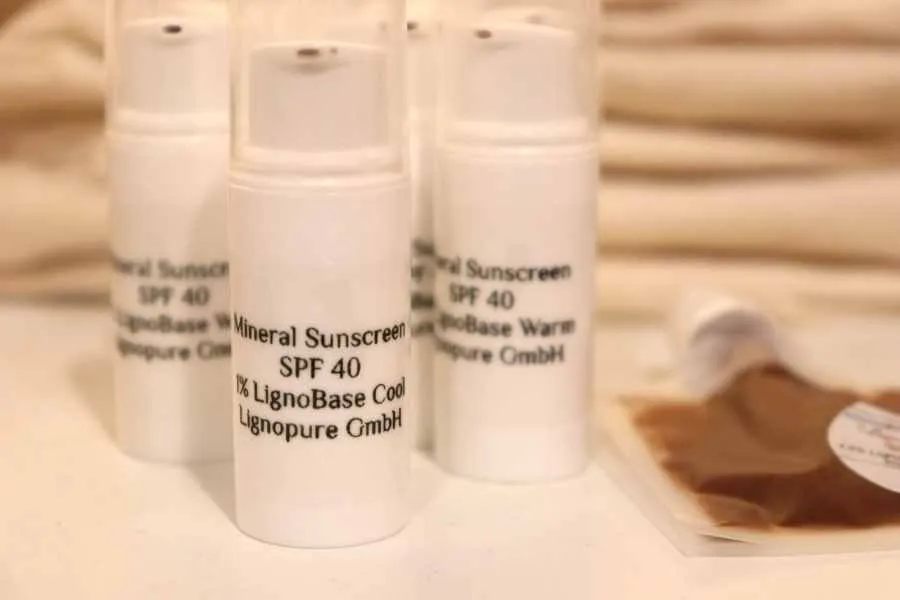 Lignopure is upcycling from the paper industry, giving a second life to waste.“Since lignin is upcycled from the paper industry, it is usually considered waste and gets burned. We give it a second life so it can also reduce the environmental footprint, and that’s how we contribute.”
Lignopure is upcycling from the paper industry, giving a second life to waste.“Since lignin is upcycled from the paper industry, it is usually considered waste and gets burned. We give it a second life so it can also reduce the environmental footprint, and that’s how we contribute.”
Upcycled ingredients are becoming increasingly visible in personal care as the industry explores new ways to reduce waste and promote circularity. By transforming byproducts from food, fragrance, agricultural, and industrial processes into functional cosmetic ingredients, manufacturers are responding to mounting sustainability expectations without compromising performance.
A recent study has found potential for essential oil waste to be used for sustainable skin care applications. The oils contain bioactive compounds such as flavonoids, phenols, essential nutrients, and polysaccharides.
The growing acceptance of upcycled ingredients highlights a change in consumer perception. Byproducts are no longer seen as inferior but as responsible and resourceful solutions. Lignopure previously told us that lignin is emerging as a sustainable cosmetic ingredient in this category.







